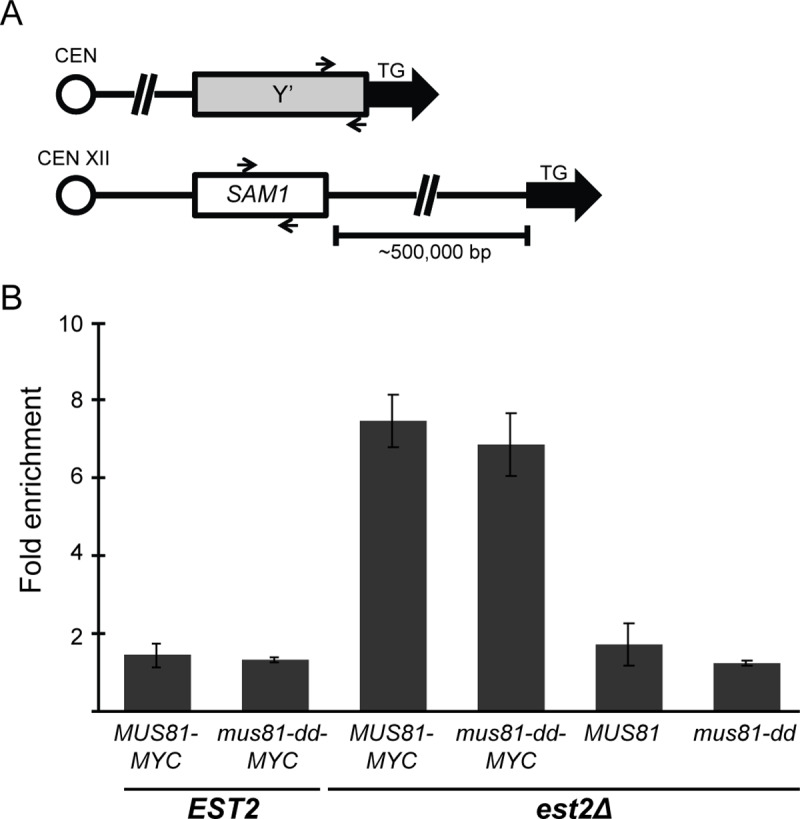Fig 5. Mus81 and Mus81-dd proteins associate with telomeric DNA in cells undergoing replicative senescence.

(A) DNA collected following ChIP was subjected to qPCR analysis using primers specific for SAM1 (S) and the telomere proximal region of the subtelomeric Y’ element (T). qPCR analysis of whole cell extract without the anti-Myc antibody using the S and T primers was used as a normalization control for each sample tested. Data represents fold enrichment as the normalized mean T/S ratio ± 1 SEM of at least two independent cultures for each genotype tested. (B) Association of Mus81 and Mus81-dd with telomeres was measured in MUS81-9MYC and mus81-D414,D415A-9MYC cells with either EST2 wild type or est2Δ. Untagged versions (est2Δ MUS81, est2Δ mus81-D414,D415A) and est2Δ mu81Δ mutant cells were used as negative controls. Strains were derived from diploids WDHY2961, WDHY2962, and WDHY3007. Cells were collected during the early stages of replicative senescence and subjected to ChIP using anti-Myc antibody [108].
